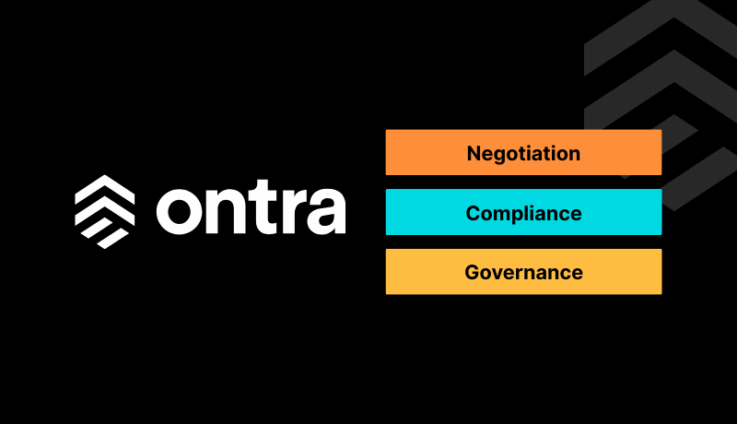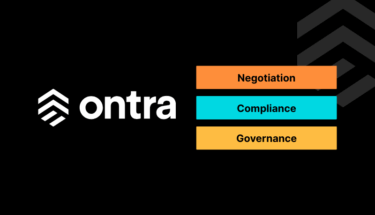Private equity and other private fund managers often leverage credit agreements to raise capital for their funds and portfolio companies. Financing arrangements, though, lead to a larger volume of paperwork, restrictions, and commitments, which increases the administrative burden on management teams.
Internal teams feel the pain when comparing term sheets across deals, surfacing specific information, and managing the wide range of covenants — largely due to manual workflows that rely on decentralized, unstructured data.
From the deal team to finance, the front and back offices are held back by time-consuming, repetitive tasks. This article explores the current operational complexities of credit agreements and how purpose-built technology can ease the burden.
Operational consequences of debt financing in private equity
Credit agreements, from subscription credit facilities to NAV loans, are common in the private markets. However, that doesn’t make them routine, quick, efficient, or low-risk.
Growing volume of commitments
Private equity firms already manage a web of obligations in their LPAs and side letters with investors. Credit agreements are often 100+ pages long with many complex provisions, creating additional restrictions, financial requirements, and other affirmative obligations.
Siloed information
Decentralized information means internal team members often struggle to find information when securing new financing, monitoring ongoing compliance, and collaborating with stakeholders.
Increased operational complexity
Borrowers must:
- Track and abide by all affirmative, negative, and financial covenants.
- Monitor the borrower base and collateral to ensure they’re sufficient to support the loan.
- Avoid events that would breach a covenant or trigger a default under the loan agreement.
- Ensure all representations and warranties agreed to in the loan remain true whenever required.
- Understand market terms across their agreements to support negotiations of new credit facilities.
Strict lender reporting
Credit agreements may add another layer to compliance with stricter reporting requirements for lenders than LPAs require for LPs. Lenders are always seeking to protect their interests and manage risks, which can lead to strict terms and enforcement mechanisms for breaches.
Credit facility management
Ongoing credit facility management creates a significant operational burden. Borrowers regularly need to review their credit agreements to facilitate:
Negotiations
Internal teams review a credit agreement thoroughly when the firm first negotiates a new credit facility to understand the firm’s new obligations, covenants, and operational requirements. With purpose-built technology, summarize and compare business terms across lenders or from one deal to the next with the same lender. Visibility into current and past term sheets lets the borrower confirm the terms lenders are offering and track how terms evolve over time.
Drawdowns
When borrowing under a credit facility, internal stakeholders reference the agreement to confirm:
- Eligibility
- Required representations
- Compliance with borrowing base or asset-level conditions
Many credit agreements require borrowers to make representations and warranties at each draw. Making a false representation — even unintentionally — can lead to severe consequences depending on the nature of the information. In addition to reputational damage, the borrower could default on the credit facility, be forced to pay damages, and have trouble securing financing in the future.
Amendments
Internal teams closely review and renegotiate a credit agreement when the borrower needs to revise terms, such as extending maturity, adjusting covenants, or responding to new business needs or market conditions. Borrowers may go through this exercise every 12–24 months or in response to significant events.
Covenant monitoring
Borrowers periodically review compliance certificates, report on financial ratios, asset values, and covenant compliance. With purpose-built technology, borrowers can quickly surface and confirm information in their credit agreement.
Events
Borrowers may review their credit agreement in the event of a potential breach, acquisition, asset sale, or other material event to assess how it impacts the potential transaction or breach and any required actions on their part.
An ongoing struggle for in-house teams
Despite these ongoing needs, PE borrowers tend to have minimal-to-no automation for credit agreement visibility and compliance.
Teams run into a variety of challenges when handling several (or hundreds) of credit facilities:
- Finding particular agreements and other relevant documents across local servers and drives.
- Finding specific information in documents when relying on Ctrl+F or their own memories.
- Comparing accepted terms across numerous multi-hundred-page agreements.
- Inability to confirm information or answer questions in a timely manner.
For example, deal professionals often need to surface material economic terms when evaluating and negotiating a new opportunity. They have to look for these terms in multiple locations or ask external counsel and wait on a response — leading to delays and frustration.
Finance team members are similarly burdened. They often use legacy tech and hands-on monitoring for affirmative, restrictive, and financial covenants.
Purpose-built technology for credit agreements
Credit agreements are a normal yet challenging aspect of private fund management. PE firms can transition from legacy tech and manual tasks to purpose-built technology to streamline and automate credit agreement management.
With purpose-built technology, PE firms can automate compliance workflows and:
- Save Time: Quickly access and understand restrictions and requirements in credit agreements.
- Strengthen Compliance: Proactively meet compliance requirements and understand default triggers.
- Manage Risk: Confidently track debt covenants and satisfy commitments to lenders.
- Stay Competitive: Easily review and benchmark against terms from past agreements when negotiating new credit facilities.
Tech support for every team
Purpose-built technology supports every team, from the general partner to the deal team tackling portfolio company needs.
Fund managers, GPs, fund counsel, and fund admins can easily access credit agreements and ancillary documents to manage negotiations and compliance. A centralized technology solution helps funds manage the facilities needed to create liquidity, bridge capital calls, and support complex and costly fund operations.
Meanwhile, deal teams have equal access to credit facility documents and past business terms to support their work with the fund’s portfolio companies. Deal professionals gain the visibility they need to favorably finance specific assets and support working capital needs.
Interested in credit agreement management technology?
Schedule a personalized demo and see how Ontra’s Insight for Credit can help your firm automate compliance and deliver on commitments.





